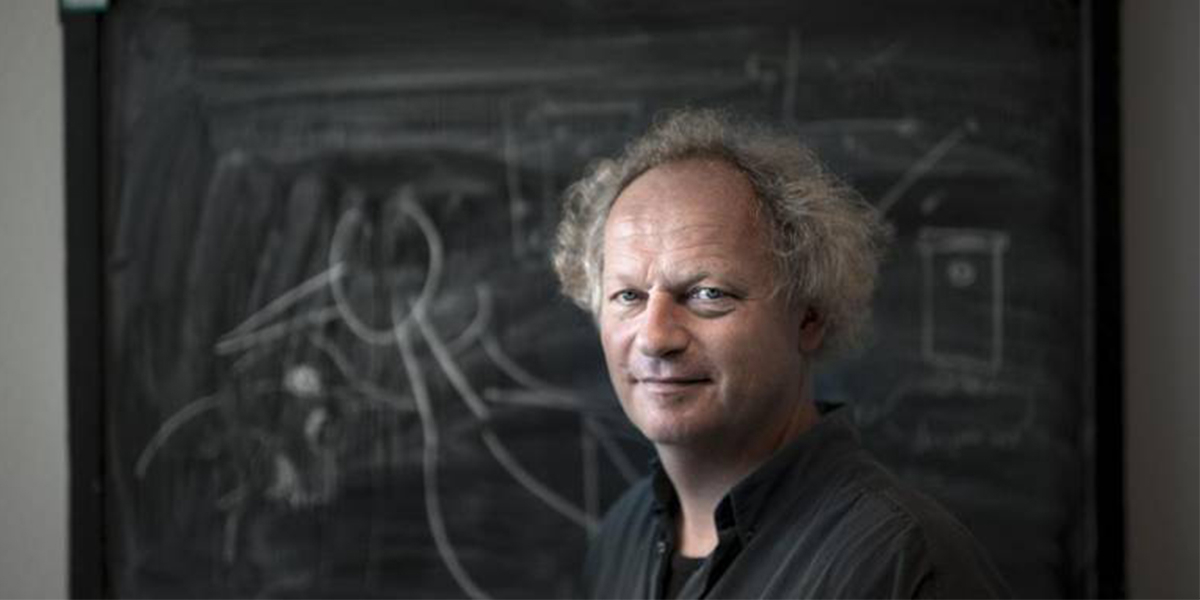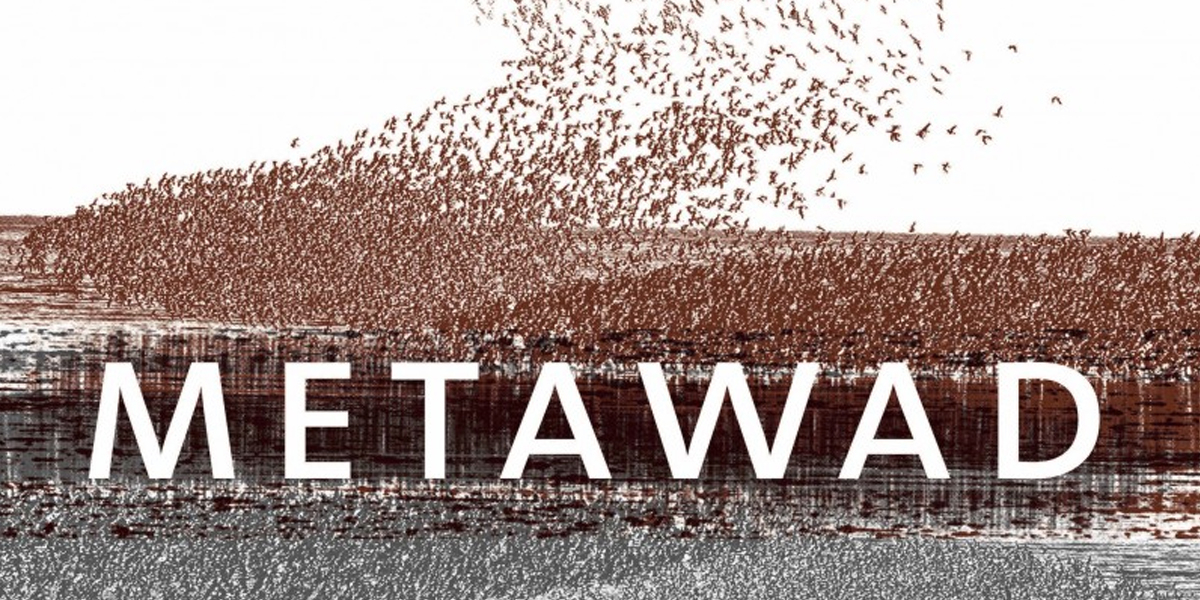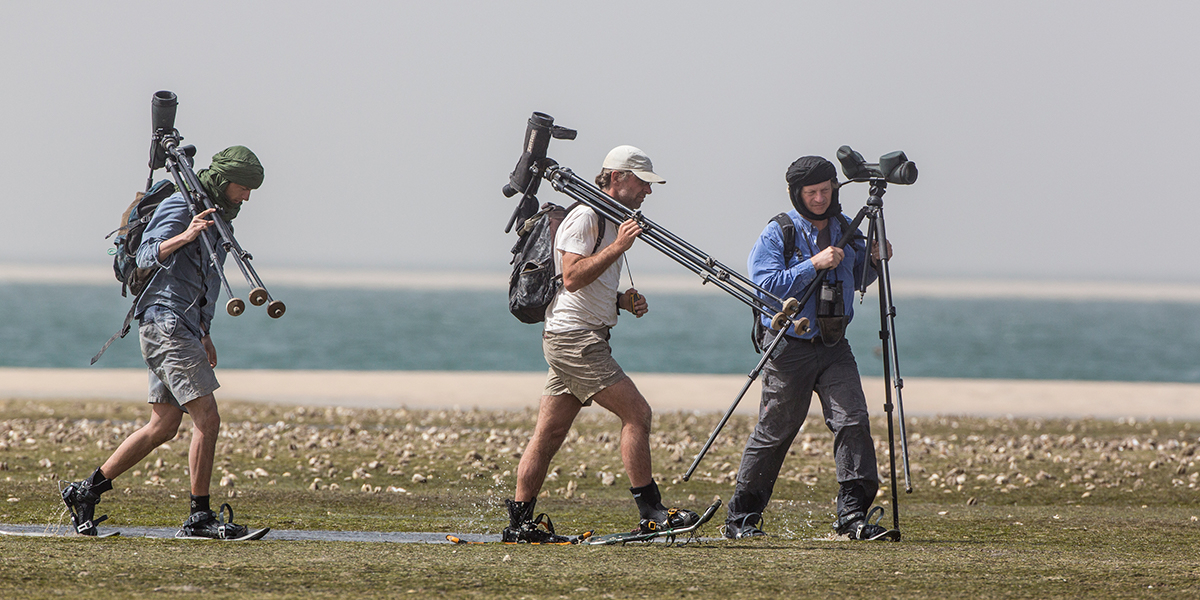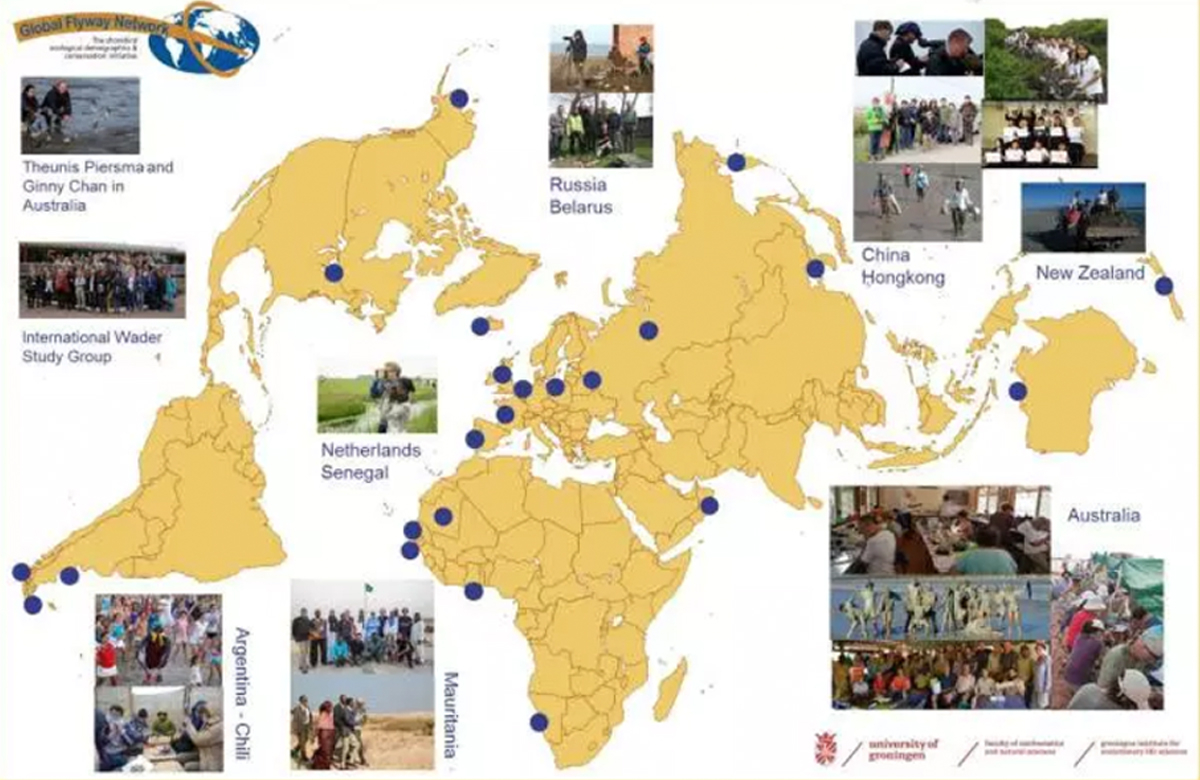Flyway ecology
Our work on flyway ecology, developed under the umbrella of ‘Global Flyway Ecology’ in association with the Global Flyway Network, aims to maintain a portfolio of long-term demographic and migration studies on long-distance migrating shorebirds in several major flyways, and embedding of the demographic studies in solid descriptive work on the ecological context in which the demographic changes take place. Knowing the vital rates is crucial to keep a close eye on the health of the populations, and to detect where in the annual cycle the bottlenecks occur before population collapse.
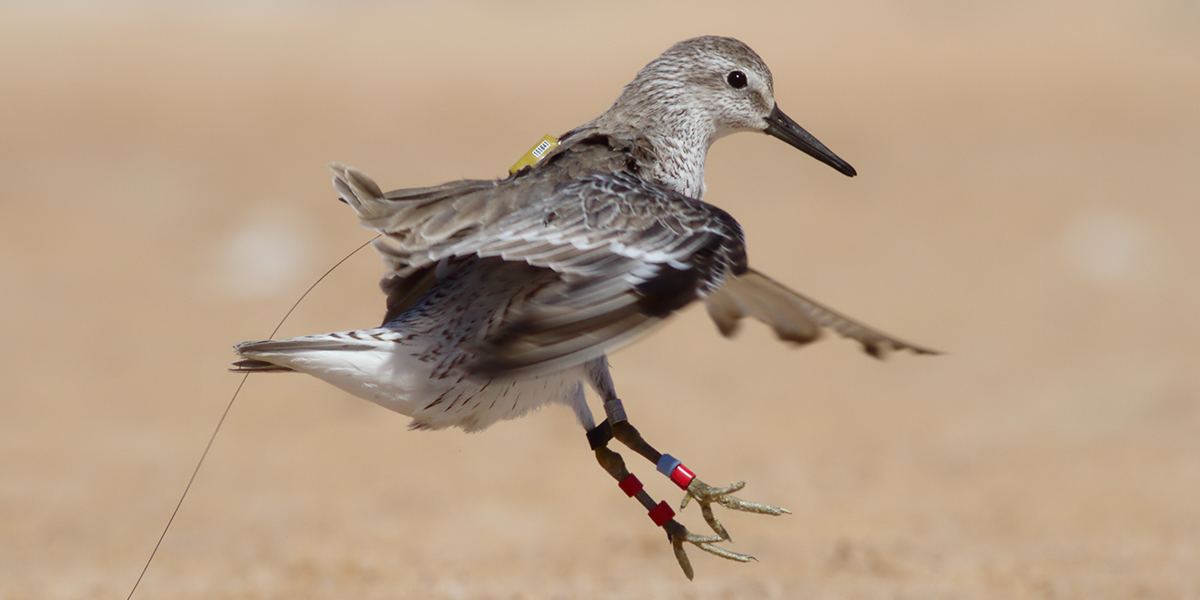
Portfolio
This portfolio includes:
1) Long-term research programmes on Red Knots, Bar-tailed Godwits, Sanderling and Eurasian spoonbills in the Wadden Sea, with a common approach developed during Metawad (funding by Waddenfonds, 2011-2016) to investigate the ecological processes explaining long-term changes in numbers and distribution of these characteristic long-distance coastal migrants,
(2) a programme of aligned work since 2002 at Banc d’Arguin in Mauritania monitoring the annual demographic of these same coastal species,
(3) a new programme focussed on the migration of Red knots, Bar-tailed Godwits and whimbrel wintering in the Bijagos Archipelago in Guinea-Bissau (2018-2022) funded by the MAVA foundation in collaboration with Guinean and Portuguese research institutions and colleagues from the RUG Conservation Ecology Group,
(4) a large-scale demography study of Black-tailed Godwits in southwest Fryslân that started in 2004 for the period 2017-2019 received major funding from the Province of Fryslân (maintained by our partner the University of Groningen),
(5) research on four coastal species (Red Knot, Great Knot, Bar-tailed Godwit, Black-tailed Godwit) in the East Asian–Australasian Flyway, the most threatened flyway in the world, carried out by a Global Flyway Network team of volunteers coordinated by GFN’s Chris Hassell in NW Australia (Chris's own website) during the non-breeding season and along the flyway, with important collaborative research work at Chinese staging ground by PhD students.
